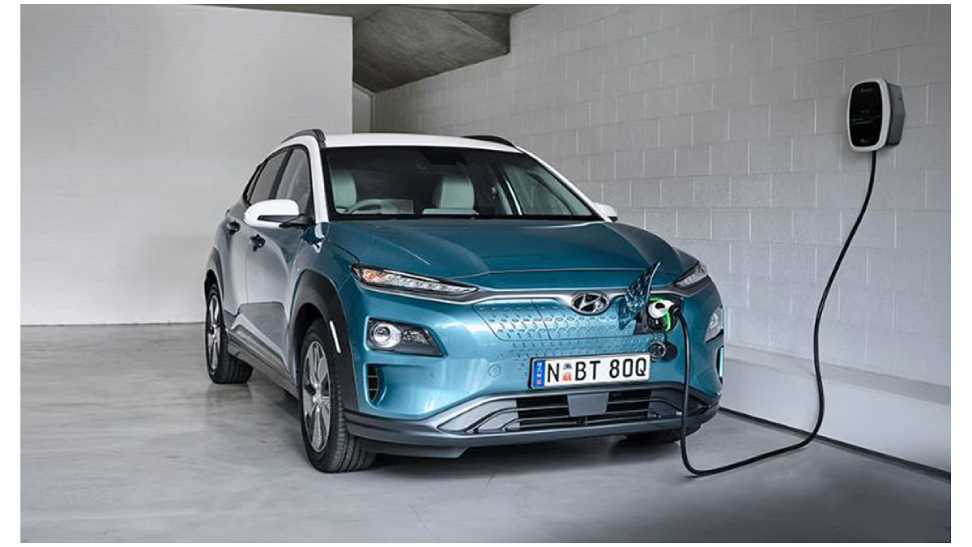Electric vehicles (EVs) are the talk of the town, promising a cleaner, quieter future for transportation. But beyond the sleek designs and buzzwords, what exactly powers these marvels of modern engineering? Let’s delve into the key components that make an electric car tick:
1. The Powerhouse: Traction Battery Pack
Think of it as the EV’s heart. This pack, typically made of lithium-ion batteries, stores the electrical energy that fuels the entire vehicle. Its capacity determines the car’s range, while its efficiency impacts performance and charging time. Constant research is pushing the boundaries of battery technology, aiming for improved range, faster charging, and enhanced durability.
2. The Muscle: Electric Motor(s)
Unlike gasoline engines, EVs use electric motors to propel the wheels. These motors convert electrical energy from the battery into mechanical rotation, delivering smooth and responsive acceleration. Some EVs even have multiple motors, enabling all-wheel drive and improved handling.
3. The Conductor: Power Electronics
This complex system acts as the car’s electrical orchestra conductor. It includes:
- DC-DC Converter: Regulates the battery’s high voltage for powering various car systems like lights and infotainment.
- Inverter: Converts the battery’s direct current (DC) to alternating current (AC) used by the electric motor.
- Controller: Manages the flow of electricity between the battery, motor, and other components, ensuring optimal performance and efficiency.
4. The Refueling Station: Charging System
This system allows you to replenish the battery’s energy. It consists of:
- Charge Port: The inlet where you plug in the charger. Different types of ports cater to various charging speeds and standards.
- On-board Charger: Converts incoming AC electricity from the grid to DC for the battery, enabling charging at home or public stations.
5. The Guardian: Thermal Management System
EV batteries perform best within a specific temperature range. This system ensures optimal battery temperature through:
- Cooling System: Uses air or liquid to dissipate heat generated during operation and charging.
- Heating System: Maintains warmth in cold weather to prevent performance degradation.
6. The Brain: Electric Vehicle Control Unit (VCU)
This central computer acts as the car’s brain, integrating information from various sensors and components. It controls and coordinates:
- Motor speed and torque: To achieve desired acceleration and braking.
- Battery management: Optimizing performance and lifespan.
- Regenerative braking: Capturing kinetic energy during braking and feeding it back to the battery.
7. The Supporting Cast
- Transmission: While some EVs use single-speed gearboxes, others may employ multi-speed transmissions for improved efficiency at different speeds.
- Auxiliary Battery: Powers low-voltage car systems like lights and electronics, independent of the main traction battery.
- Braking System: Combines regenerative braking with traditional friction brakes for optimal stopping power.
Beyond the Basics
EV technology is constantly evolving. Features like advanced driver-assistance systems (ADAS), vehicle-to-infrastructure (V2I) communication, and autonomous driving capabilities are being integrated, making EVs even smarter and safer.
Understanding the components is just the first step. As EVs become more mainstream, appreciating the intricate interplay between these elements will fuel our collective journey towards a sustainable transportation future
Feature image source:- http://tinyurl.com/2uncuswr

